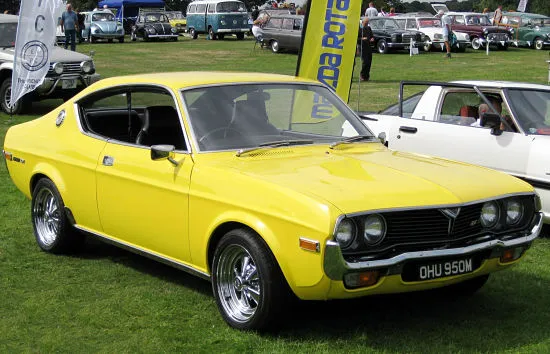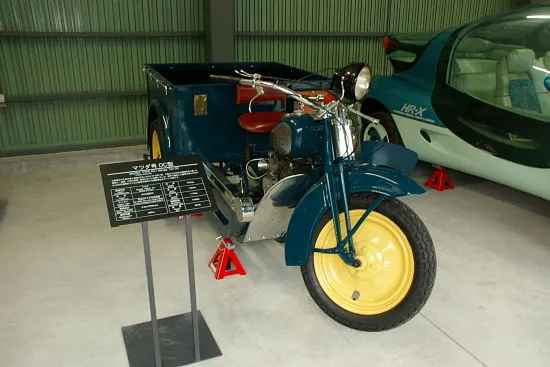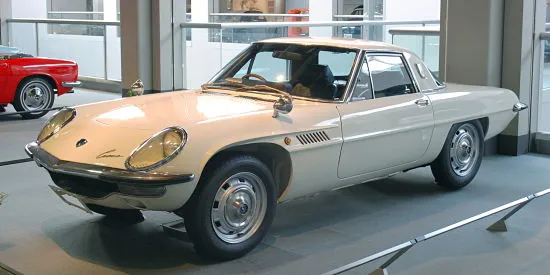Mazda Tyres
Classic Mazda Tyres

On the following pages, Longstone Classic Tyres give classic tyre fitment recommendations for Mazda cars.
If your car is not listed, don't panic! Please give us a call on:
01302 711 123
or
Email: sales@longstonetyres.co.uk
Mazda History

Mazda began on January 30, 1920, as the Toyo Cork Kogyo Co., Ltd, a cork-making firm in Hiroshima, Japan. With the debut of the Mazda-Go auto-rickshaw in 1931, Toyo Kogyo transitioned from the manufacture of machine tools to the manufacture of cars. Throughout WWII, Toyo Kogyo produced weaponry for the Japanese military, most notably the Type 99 rifle series 30 through 35. The Mazda name was legally adopted by the business in 1984, although every vehicle sold from the start held that brand. The Mazda R360 debuted in 1960, and the Mazda Carol debuted in 1962.
Beginning in the 1960s, Mazda was inspired by the NSU Ro 80 and chose to devote significant engineering resources to the development of the Wankel rotary engine as a means of distinguishing itself from other Japanese automakers. Beginning with the limited-production Cosmo Sport in 1967 and continuing to the present with the Pro Mazda Championship, Mazda has become the sole manufacturer of Wankel-type motors for the car industry. This attempt to draw attention to itself paid off, as Mazda quickly began to export their automobiles, both piston-powered and rotary-powered. When compared to piston-engined competitors that required larger V6 or V8 engines to achieve the same power, rotary versions immediately gained popularity for their mix of good power and lightweight.
Mazda's success with rotary engines lasted until the 1973 oil crisis. As purchasers in the United States (and elsewhere) began to choose automobiles with higher fuel efficiency, the comparatively thirsty rotary-powered versions began to fall out of favour. In 1975, the firm experienced a massive loss due to being the least efficient carmaker in Japan, a failure to respond to surplus inventory, and an over-reliance on the US market.

Mazda refocused its efforts, making the rotary engine an option for the enthusiast rather than a standard powertrain. Mazda has remained committed to this unique powertrain, beginning with the light RX-7 in 1978 and continuing with the contemporary RX-8. This shift in focus also led to the creation of another lightweight sports vehicle, the piston-powered Mazda MX-5 Miata (sold in Japan as the Eunos and later Mazda Roadster), which was influenced by the notion of 'jinba ittai.' The Roadster, which was introduced to international acclaim in 1989, is largely recognised with revitalising the notion of the tiny sports vehicle following its fall in the late 1970s.
Mazda had a collaboration with Ford Motor Company from 1974 until 2015, which purchased a 24.5 per cent investment in 1979 and increased its holding to 33.4 per cent in May 1995. From 2008 through 2015, Ford steadily liquidated its investment in Mazda during Alan Mulally's presidency, with Ford controlling 2.1 per cent of Mazda stock as of 2014 and cutting most manufacturing and development links. Mazda has had significant success in racing with both its characteristic Wankel-engine cars and its piston-engine variants. Mazda cars and engines participate in a broad range of disciplines and series worldwide. Mazda was the first Japanese company to win the 24 Hours of Le Mans overall in 1991.
